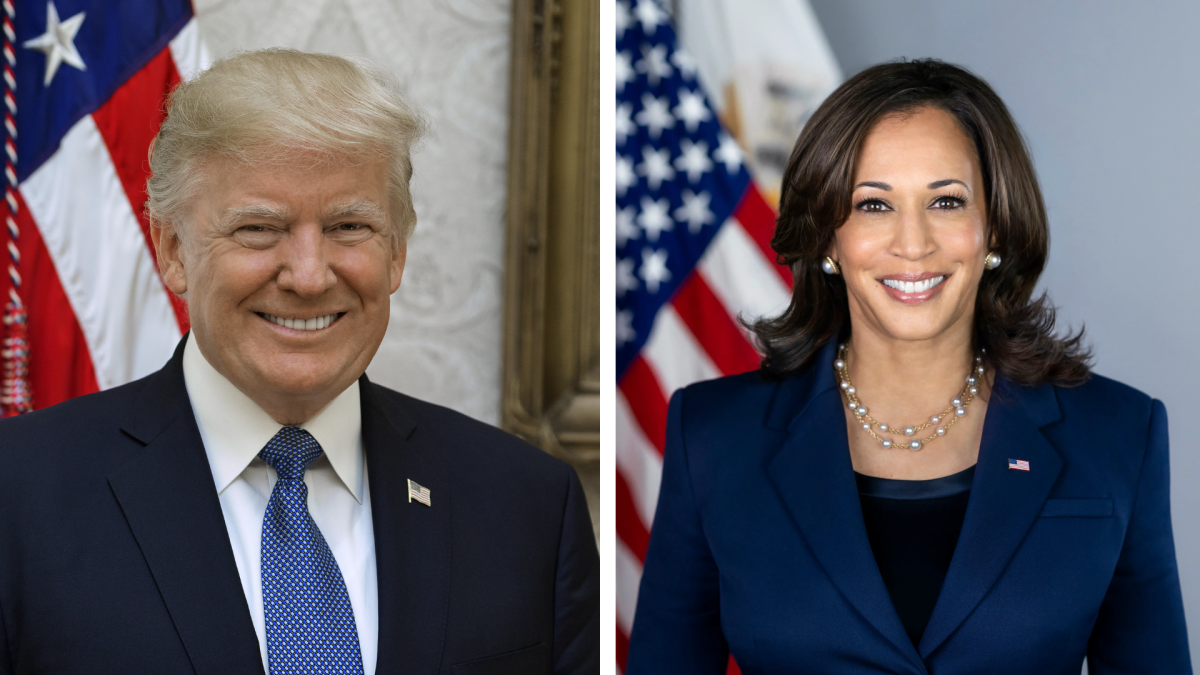Amid the spread of Covid-19, various unforeseen circumstances have come forward and presented themselves as much more profound matters than they seemed to be. The pandemic has led to a drastic increase in the number of child marriages around the world, and its “damage to education and the economy could reverse decades of progress on child marriage and pregnancy,” pushing back all efforts that were previously taken to eradicate the practice of child marriage.
Over 78 million child marriages were prevented over the course of the past 25 years. Yet, the humanitarian organization Save the Children now warns that over “2.5 million additional girls are expected to marry over the next five years,” while UNICEF reports that “over the next decade, up to 10 million more girls will be at risk of becoming child brides as a result of the pandemic.”
According to UNICEF, the practice of child marriage refers to the “formal marriage or informal union between a child under the age of 18 and an adult or another child.” A disproportionate ratio of one boy to every six girls who are forced into these unions provides a clear depiction of gender inequality and the continued violation of human rights that young girls all around the world–primarily those in second and third world countries–face.
The practice often results in domestic violence, and sexual abuse, as well as early, unwanted pregnancies, shunning young girls from their families and friends, and threatening their overall well-being and health. Many are unable to return to school in the future due to their newfound responsibilities, while those who were previously able to go to school are now robbed of their education due to their spouse’s wishes. These consequences often lead to drastic decreases in economic, health, and living conditions, in which a cycle of poverty is born as these poor conditions carry into future generations. In addition, girls often suffer from severe psychological harm over the course of their marriages and often fall into deep depressions.
The pandemic has caused many schools in poverty-stricken regions to shut down. While many students in first-world countries have turned to the use of online learning programs and resources to continue their education, others have faced restrictions and limitations due to the lack of availability of electronic devices and the internet. This has led many girls and their families to turn to child marriage as their former option of education is no longer available. For many, child marriage is viewed as a way for families to relieve their financial and economic insecurities, in which the now-absent presence of education as a way to climb out of the poverty gap has led families to turn to what they believe is their only remaining choice: marriage. People also see marriage as a way to ensure that these girls support their families, becoming primary caregivers of older family members and relieving their families of more economic burden. However, many families do not account for the violence and sexual abuse these young girls–often forced to marry before the age of 15–are subject to when trapped with their partners.
The Covid-19 pandemic and its resulting school closures have played a key role in negating the great progress made towards eradicating child marriage. School closures in second- and third-world countries mean more than a turn to online educational resources, in many cases meaning an end to one’s education. This end to learning impacts girls especially, increasing their marriage risk by 25% annually. As Janti Soeripto, the CEO of Save the Children, says, most girls in these marriages are left with “increased risk of depression, lifelong violence, disabilities, and even death – including from childbirth, given their bodies simply aren’t ready to bear children”.
However, by looking into and analyzing former, existing patterns and demographics of child marriages, activists could possibly form a response strategy that places its focus beyond the health of global citizens, instead prioritizing the need for greater gender equality and the proper granting of equal and basic human rights to everyone across the globe.



